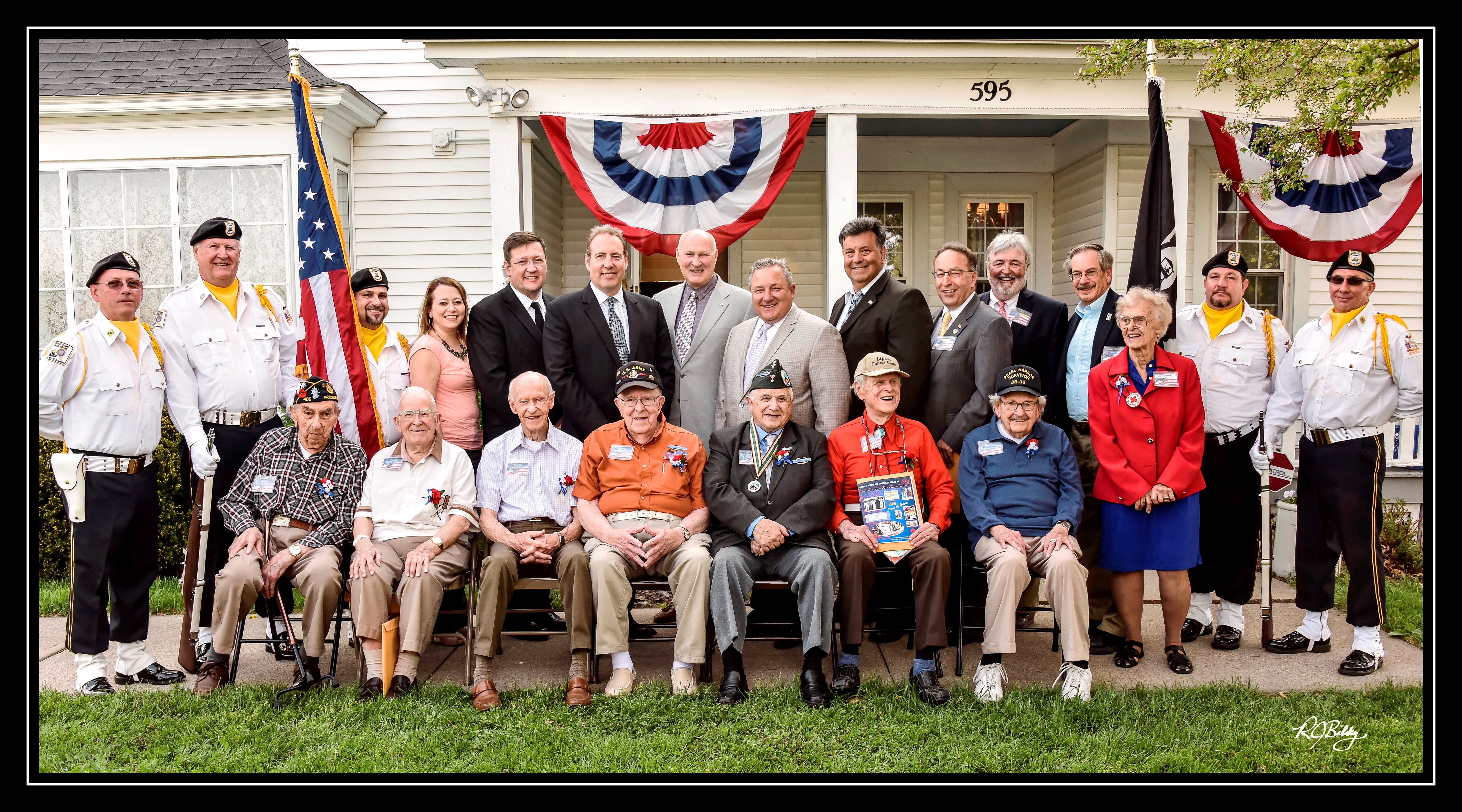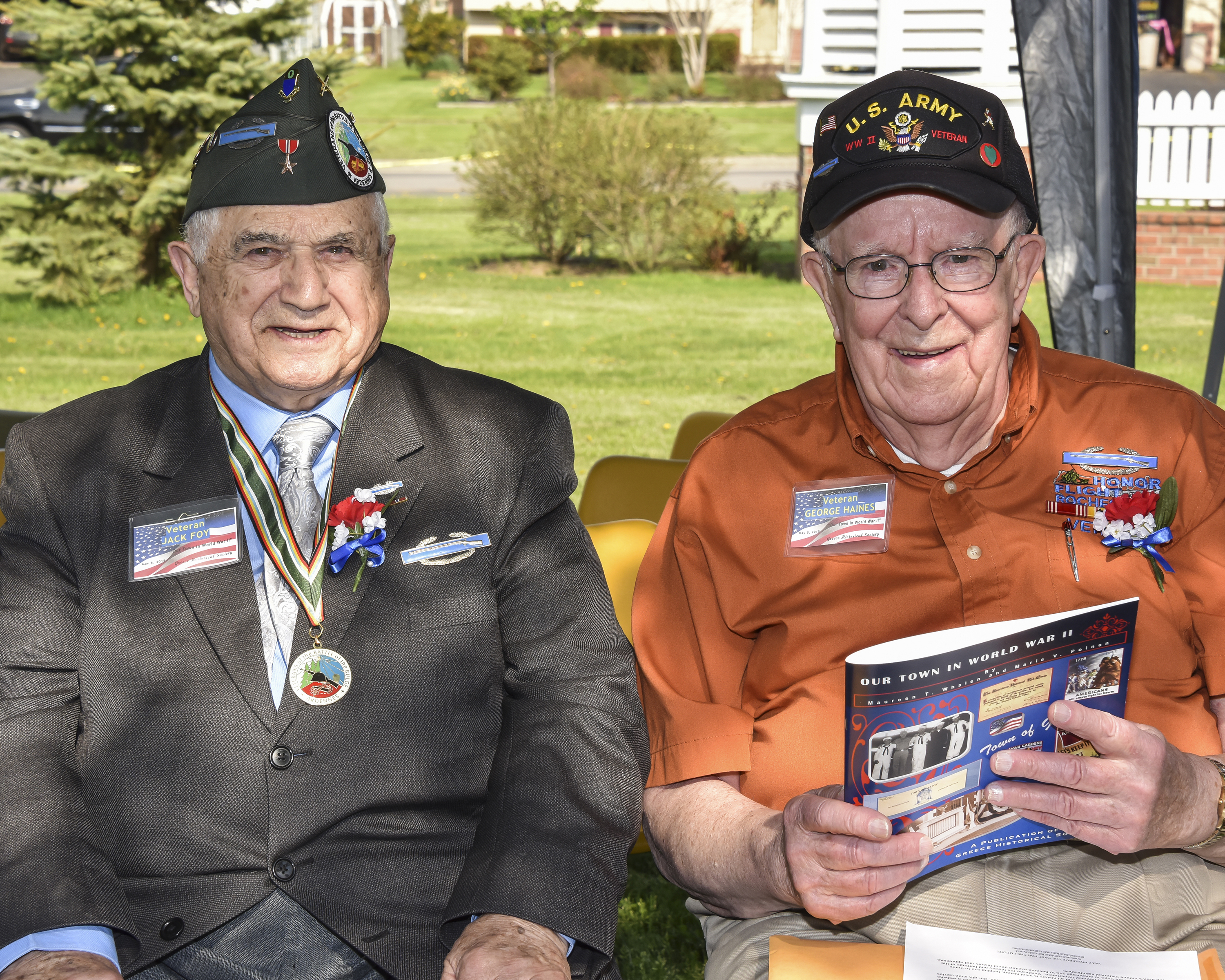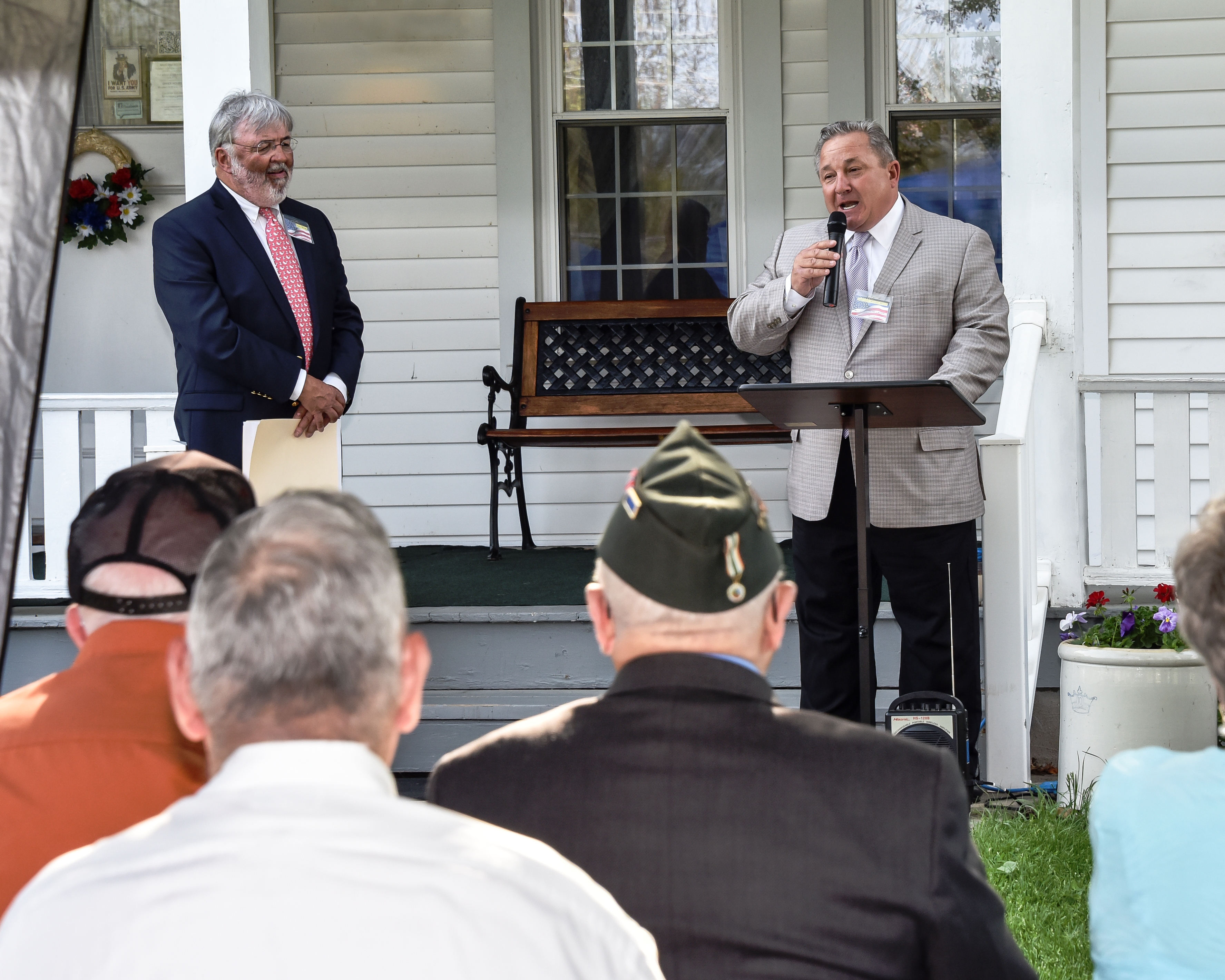Today we will talk about how past epidemics and pandemics affected the town of Greece.
COVID-19

Here’s a graphic we’ve become familiar with. Since March 2020, we have been living with the COVID-19 virus.
During the pandemic of the last three years, we have had to make numerous adjustments to mitigate the impact of this deadly virus.
Some of the same mitigation supplies and tactics were used in at least one other pandemic which was the Spanish flu in 1918. They included wearing masks, and gloves and people started washing their hands. But there was no officially created hand sanitizer designed per se but they did use 70% or higher alcohol as a cleansing agent to ensure certain tools and supplies were clean and ready to be used.



In the early days, masks became obligatory. Some people felt it was not necessary for the mask to be used but the stores that were deemed essential services because of the type of industry they were in required patrons to mask up, keep them six feet or two meters apart, constantly sanitize hands, if you touch it take it do not put it back for someone else to take, most Restaurants that allowed you to dine-in had to resort to take-out only because they could not allow anyone in the restaurant unless they worked at the restaurant. Banks were drive-thru or atm-only. Government offices, schools, and most businesses switch to remote work and or eLearning for most of 2020 and part of 2021. Some other businesses were closed altogether because of federal, state, county, or local laws that were issued to help reduce the spread of COVID-19. Almost the entire country was shut down except for Flordia which did not close anything down but the companies that did operate in Flordia that had national chains took the preventive measures to close and do what was best for their customers.
Town Board Meetings were not held in person but on Facebook Live.
Even our Tuesday Programs for a bit were put together using Zoom.
Here is a link to the list of the Programs that we did using Zoom Meetings while the pandemic was going on. https://greecehistoricalsociety.org/category/program-achrives/zoom-programs/
And everyone found different ways to meet instead of face to face.

Tens of thousands of people were stricken with the disease; our hospitals and other medical facilities were overwhelmed. Too often family members could not be with patients. Sadly, presently more than 1700 in Monroe County have died.
Genesee Fever
Throughout its history, the people of Greece have had to endure other deadly diseases. You may recall seeing this drawing in an earlier Snapshot, but we want to again point out how swampy the shoreline of the Genesee River was, not only at the mouth of the river but along much of its length in the 9 miles upriver to Rochesterville. A perfect breeding ground for mosquitos. An octogenarian wrote in 1868.”This country was sickly, as all new lands are, particularly at the mouth of the river, where two or three sets of inhabitants died off, and indeed the whole country was infected with agues and fevers.”


It wiped out the early settlement of King’s Landing which we told you about in Snapshot 4. The early settlers called it Genesee Fever; it was a relentless cycle of fever and chills that plagued them during the warmer months—the cold and snowy months brought them some relief. People blamed it on a miasma, that is, a “noxious vapor rising from marshes or decomposing matter that infected and poisoned the air.” They did not realize that the mosquitos which thrived in the swampy waters of the river banks was the cause.
One historian says, that about twenty graves were made in 1798, at King’s Landing, for people who had succumbed to the Genesee Fever. One of them was Gideon King, founder of the settlement. After his widow died in 1830, a tombstone was erected on her husband’s grave; it was inscribed with these words: “The Genesee Fever was mortal to most heads of families in 1798, and prevented further settlements till about 1815.” It was half a century before medical professionals diagnosed Genesee Fever as malaria.

Cholera Outbreak

Another deadly illness ascribed to miasma was cholera. Greece settlers were affected by two epidemics, one in 1832 and one in 1852. Much like the COVID virus was introduced to this country by travelers, so too was cholera. According to “Letters on Yellow Fever, Cholera and Quarantine; Addressed to the Legislature of the State of New York: With Additions and Notes,” in 1852, cholera originated in India. In the early 1800s, it started to spread out of Asia, eventually making its way to North America in 1832. It arrived on the continent in Quebec and Montreal, brought via emigrant ships. It then made its way to New York State. Cholera officially reached Rochester on July 12, 1832.
Cholera is caused by contaminated water and food. A toxigenic bacterium infected the small intestine triggering an acute, diarrheal illness. Sanitation was extremely poor; sewer systems were non-existent and people did not connect the disease to polluted water, but to miasma.


Most of the cholera victims lived close to the Genesee River or the Erie Canal into which raw sewage was dumped. Public wells became contaminated as did private wells as they were very often located close to outdoor privies.
Cholera was also called the Blue Death; the severe dehydration caused by diarrhea turned a victim’s skin blue. “The seemingly vigorous in the morning were carried to their graves before night,” wrote Jenny Marsh Parker in 1884.

In 1832, the cholera epidemic broke out in Rochester and the surrounding towns. In just six short weeks, the epidemic took almost 2,500 lives, or 1% of the population of the area. During the months of July and August business and travel were almost entirely suspended. Giles Holden, head of the Board of Health centered in Charlotte, closed the port and posted guards on Ridge Road to keep infected parties out of Greece.
One reference said that the people who succumbed to cholera in the 1832 epidemic were buried in unmarked graves in the northwest corner of the Charlotte cemetery, in the area surrounding Sam Patch’s grave.


There were a series of deadly outbreaks of cholera in the mid-1850s. 1852, 1854, and 1856. In 1854, one of the victims was Belinda Holden Marshall, married to ship’s captain Steven Marshall and sister of Giles Holden. In September of 1856, twelve immigrants, sick with cholera, were left at Charlotte. Henry Spencer, the poor master, had them taken in a wagon to a building near the pier so they would be isolated from the villagers. Some of them were children who were so delighted with the ride to the lake that they shouted and waved their hands. They all died the next day. They too are buried in the Charlotte Cemetery also in unmarked graves.
But the hardest hit area was Paddy Hill.



A newspaper article in 1879, said about the 1852-54 epidemic: “The writer of this can go back in memory to the great cholera plague of over a quarter of a century ago which rendered this city desolate and populated its graveyards. The surrounding towns were free from the visitation of this destroyer except for the town of Greece immediately about Mount Reed, predominantly south of Our Mother of Sorrows church. Cholera held fatal revel for many days and swept away to eternity members of the best families in the locality. There was terror everywhere around and the little graveyard that caps the hill witnessed more corpses at a time to the burial than there were mourners able to be present.” In the ensuing years, the residents of Paddy Hill predominantly south of Our Mother of Sorrows church were particularly susceptible to dysentery as well as cholera and had a high rate of fatalities as the headline states.
Medical professionals concluded that well water was being contaminated from run-off from the cemetery.
There are many parallels between the 1918 Spanish Flu Pandemic and the COVID-19 pandemic. For example, measures to prevent the spread of the flu were the same later recommended for covid.




Where ships and boats were agents spreading the cholera contagion in the 19th century, trains were the agent in the 20th and would give way to airplanes in the 21st century.

Most of the documentation for the Spanish flu in Monroe County is about the city of Rochester, but one can still get a sense of its impact on Greece. There were three deadly waves of the flu between the spring of 1918 and the spring of 1919. Rochester was most seriously affected by the fall of the 1918 wave. In the two months between the middle of September and the middle of November, more than 10,000 people caught the flu, and 1,000 of them died. But health authorities acted quickly to contain the spread; two weeks after the first cases occurred, they closed schools, theatres, churches, sports venues, hotel bars, and other places where people gathered.
Troop transports facilitated the spread and infections at military posts were high. That was the case in Greece. At the time of the Spanish flu, Kodak Park was still a part of the town of Greece. There was an aerial photography school posted there.


Fifty-seven men from the school came down with the flu.
So, the old Infant Summer Hospital on Beach Avenue was reopened to care for them.


The towns around Rochester fared much better than the city; the number of infections was manageable.
Nevertheless, school nurses from the city visited homes in Greece. One nurse, Rose Weber, visited a family of eight in Greece, and every single member of the family was infected; the youngest child was little more than an infant. “No one was dying but every person was in need of care. Miss Weber saw that the family was made as comfortable as possible. A doctor interested himself and toward midnight went to the home with a woman who had consented to care for the family.”

Thank you for joining us this week; next week we will look at those diseases that greatly impacted children.


















































































